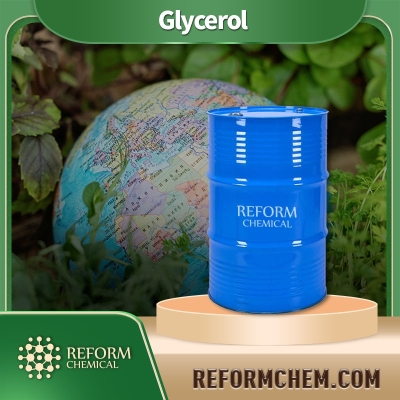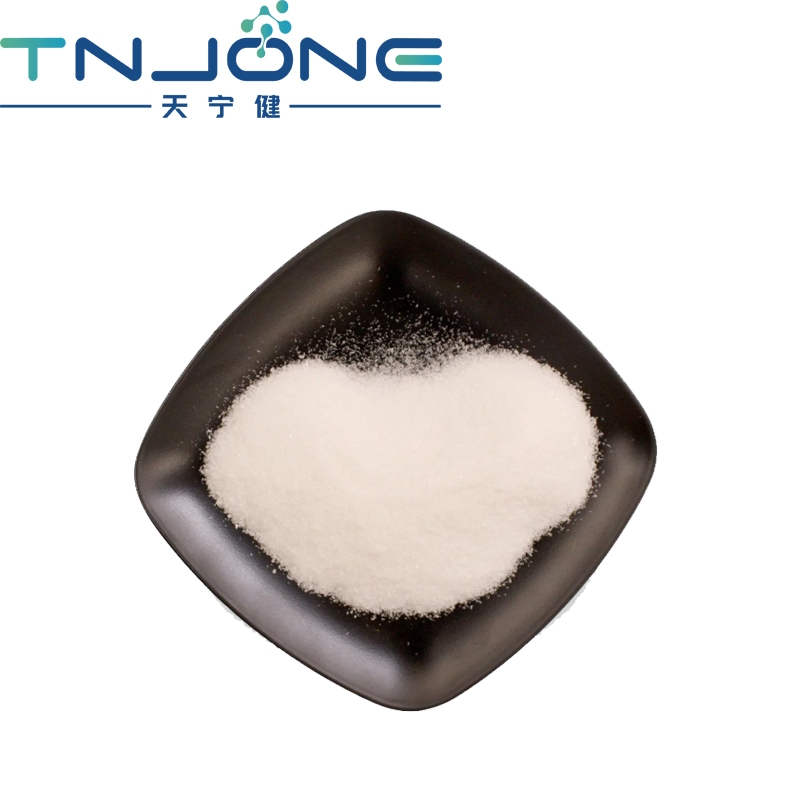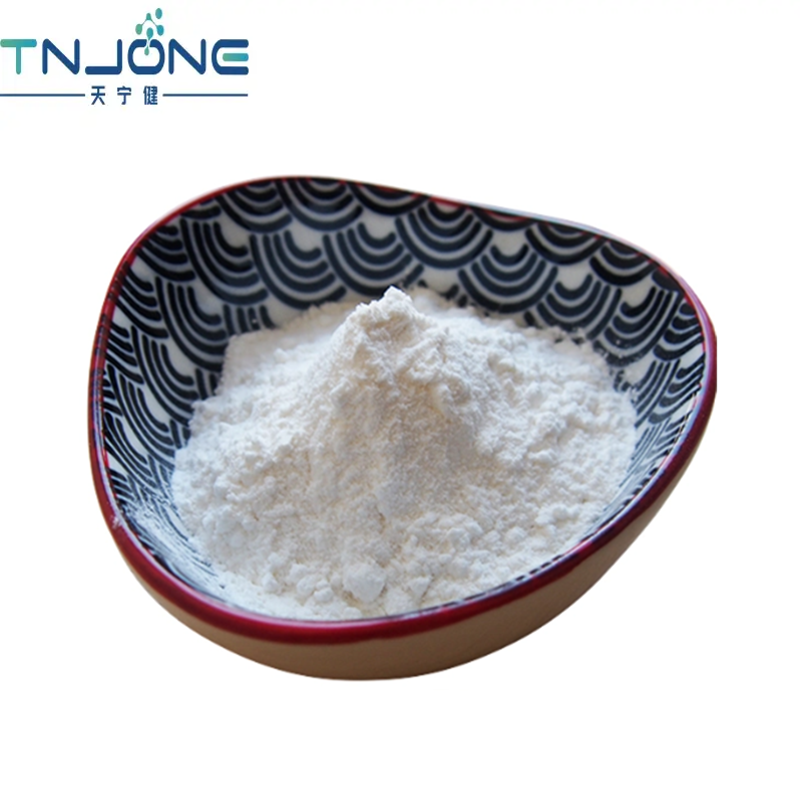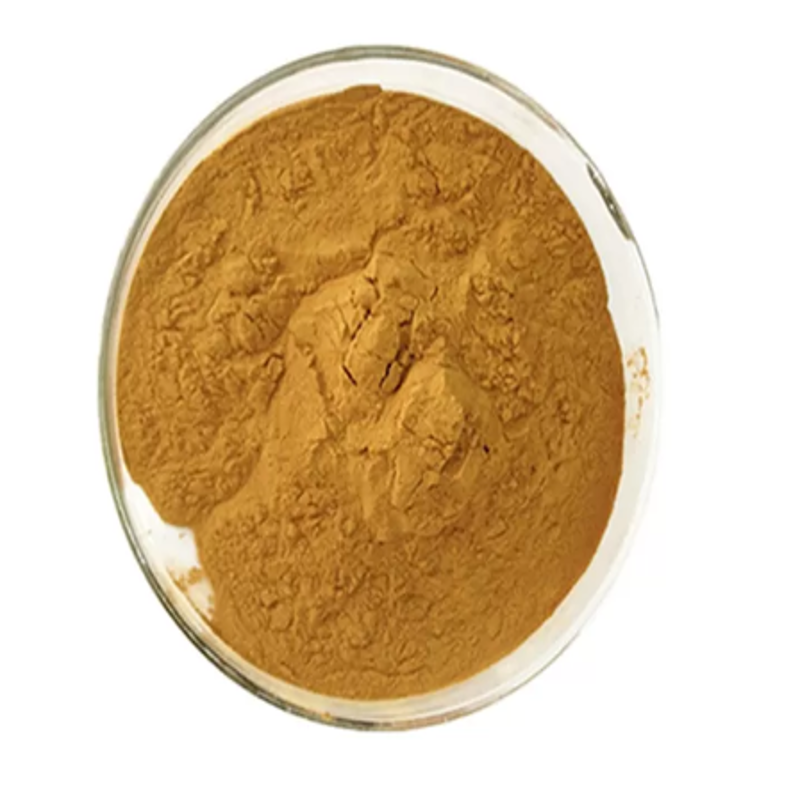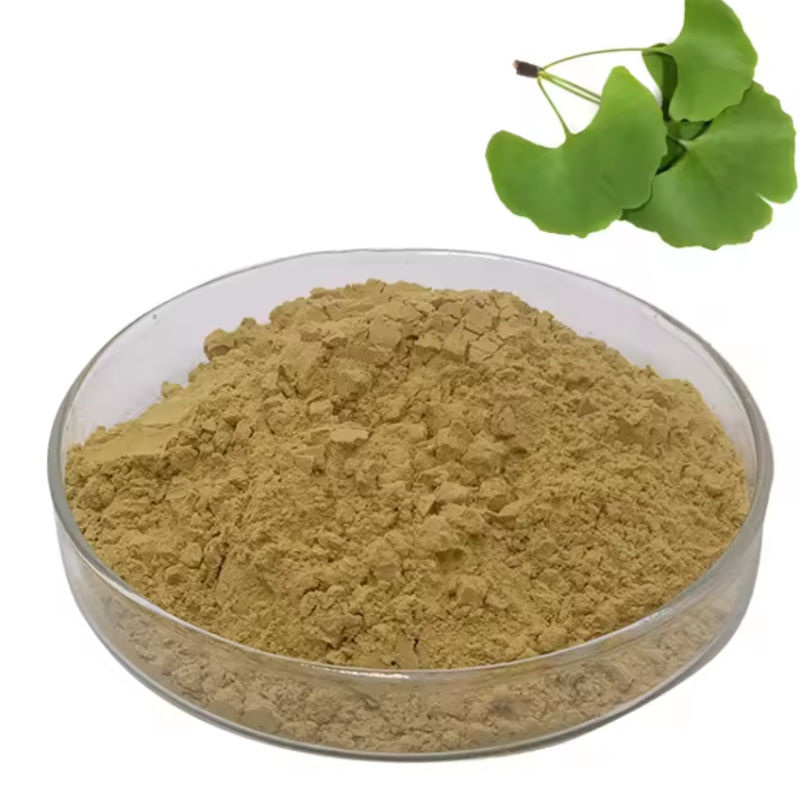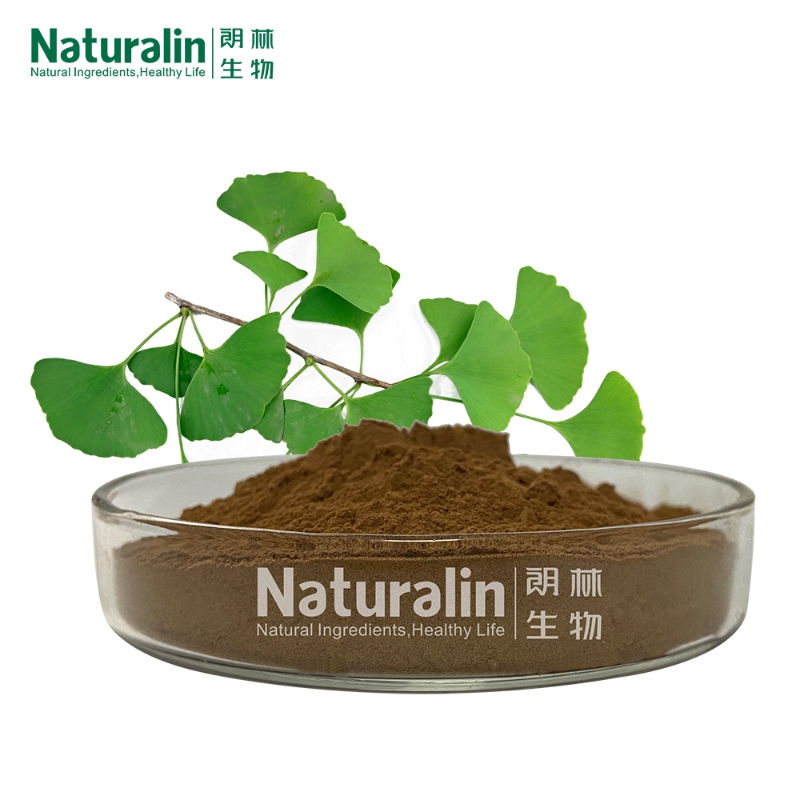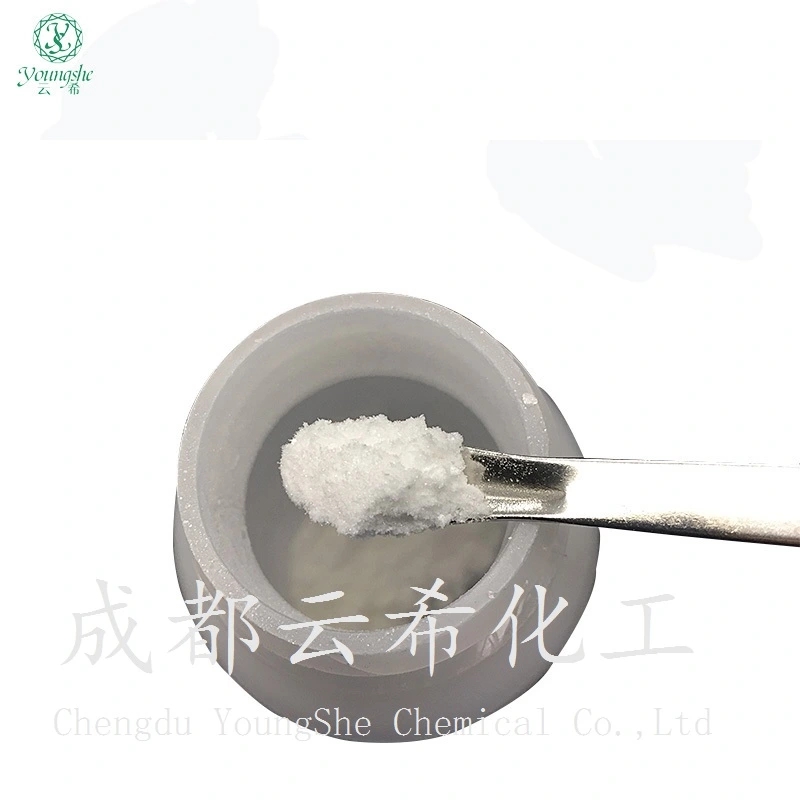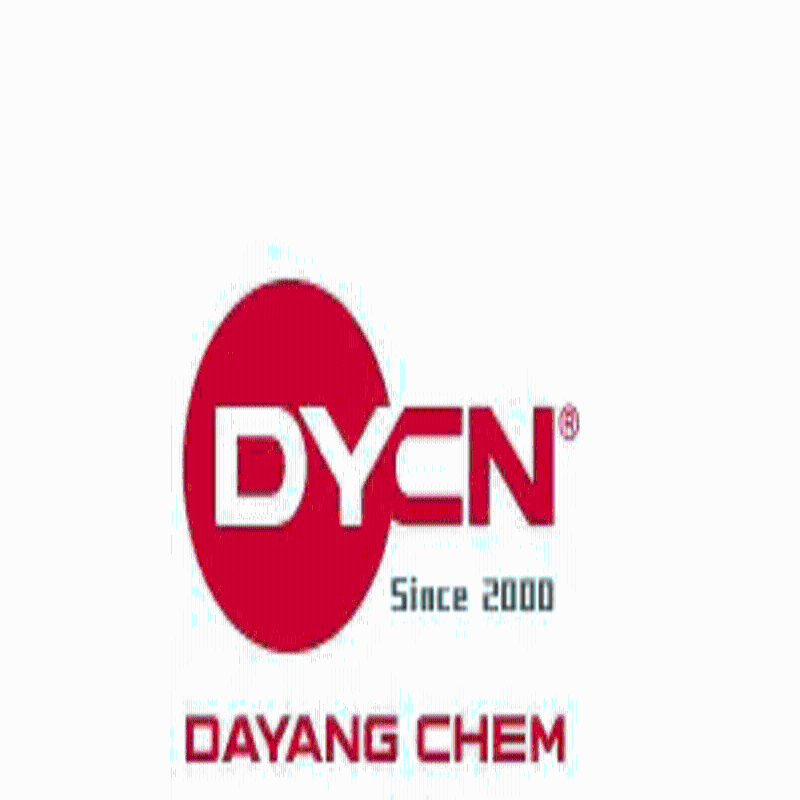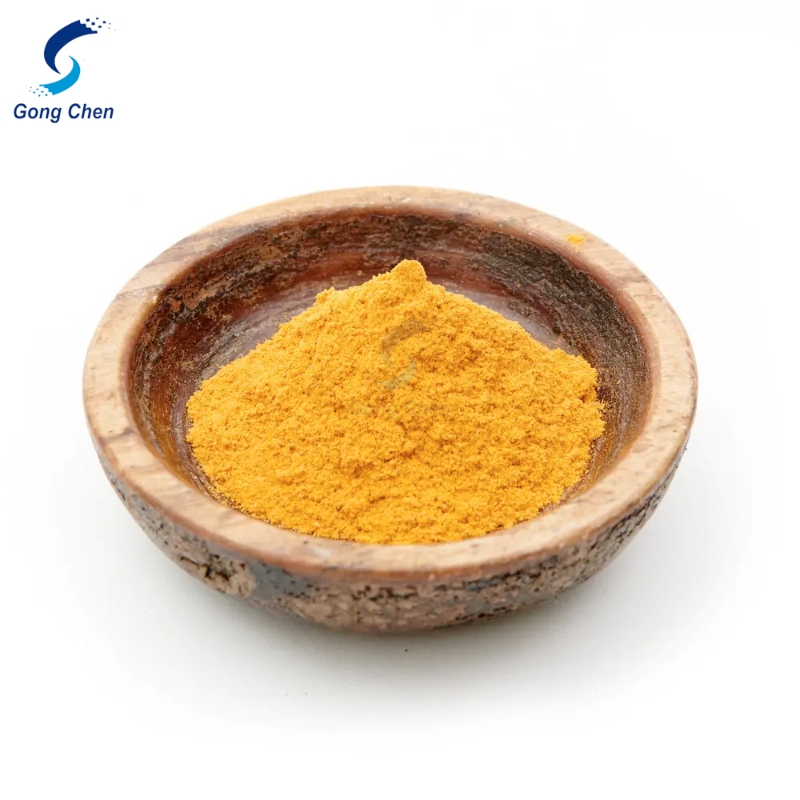Cosmetic Ingredient
- • Abrasive (124)
- • Absorbent (84)
- • Anticaking (66)
- • Anticorrosive (25)
- • Antifoaming (19)
- • Antimicrobials (290)
- • Antioxidant Ingredient (393)
- • Antiperspirant (20)
- • Antiplaque (48)
- • Anti-seborrheic (38)
- • Anti-sebum (39)
- • Antistatic (458)
- • Astringent (162)
- • Binding Agent (172)
- • Bleaching Agent (53)
- • Buffering (191)
- • Bulking (109)
- • Chelating (122)
- • Cleansing (679)
- • Cosmetic Colorant (212)
- • Cosmetic Preservative (158)
- • Denaturant (45)
- • Deodorant (98)
- • Depilatory (27)
- • Dissolving Agent (298)
- • Emollient (795)
- • Emulsifying Agent (480)
- • Emulsion Stabilising (154)
- • Exfoliating (19)
- • Film Forming (299)
- • Flavouring (72)
- • Foam Boosting (161)
- • Foaming (101)
- • Fragrance Ingredient (726)
- • Gel Forming (19)
- • Hair Conditioning (670)
- • Hair Dyeing (363)
- • Hair Fixing (36)
- • Hair Waving or Straightening (45)
- • Humectant (282)
- • Hydrotrope (92)
- • Keratolytic (20)
- • Light Stabilizer (80)
- • Moisturising Agent (50)
- • Nail Conditioning (42)
- • Occlusive (20)
- • Opacifying (119)
- • Oral Care (123)
- • Oxidising (19)
- • Perfuming (2105)
- • Plasticiser (98)
- • Propellant (19)
- • Reducing (50)
- • Refatting (12)
- • Refreshing (26)
- • Skin Cleansing (388)
- • Skin Conditioning (1751)
- • Skin Humectant (21)
- • Skin Protecting (282)
- • Smoothing (31)
- • Soothing (71)
- • Tonics (155)
- • UV Filter (34)
- • Viscosity Controlling (532)
Chemicals as Skincare Ingredients
Related News
-
Shell Considers Partnering with the U.S. and Closing European Chemical Assets
2025-03-26 -
AstraZeneca to Invest $2.5 Billion to Establish Global Drug R&D Center in Beijing
2025-03-25 -
Quaker Houghton Acquires Dipsol Chemicals, Strengthening Advanced Solutions Portfolio
2025-03-27 -
Saudi Aramco CEO: Invest in downstream projects in China's energy, chemical and other fields
2025-03-28 -
Developments as 60 US Companies Invest Billions in Vietnam
2025-03-31 -
BASF Launches World’s First Polyamide 6 Recycling Plant in Shanghai
2025-03-31
Hair Conditioning
-
Cosmetics Grade / 100%
-
Cosmetics Grade / 99.5%
-
Cosmetics Grade / 99%
-
Industrial grade / 99%
$1-1.2/KG FOB
Glycine
(56-40-6)-
![Glycine buy Glycine]()
Cosmetic grade/Food grade / -
-
pharmaceutical grade/food grade / 98%
-
Food Grade / 99%
$20-25/KG FOB
-
Food Grade / 99%
Glucosamine
(3416-24-8)-
Industrial grade / 99%
-
Pharmacy Grade / 99.5%
-
- / 99.00%
-
Request for quotation , get quotes from more suppliers.
Glucosamine hydrochloride
(66-84-2)-
Industrial Grade / 99%
-
- / 99.00%
-
- / 99%
-
Food Grade / 98%
$7-9/KG FOB
Request for quotation , get quotes from more suppliers.
Ginkgo biloba extract
(90045-36-6)Flavonoids in Ginkgo biloba has antioxidant activity, thus can be added as an antioxidant into fats and sweets. Total flavonoids are mostly yellow, and have a wide solubility spectrum including both water-solubility and lipid solubility, so it can play a role of coloring agent. People can process Ginkgo biloba into ultrafine powder and add into food. Grinding ginkgo leaf ultra-finely and adding to cakes, biscuits, noodles, candy, ice cream as 5% to 10% can
-
Medicine /cosmetic Grade / 24%
-
pharmaceutical grade/food grade / 99%
-
Pharmacy Grade / 100%
-
- / 27%
$78-90/KG FOB
Request for quotation , get quotes from more suppliers.
Source Hair Conditioning Products Supply
Glycylglycine
(556-50-3)-
Cosmetics Grade / 98%
$100/MT FOB
-
![Dipeptide-15 buy Dipeptide-15]()
Cosmetic Grade / 98%
$60/G EXW
-
Industrial Grade / 98%
-
- / 99.00%
Request for quotation , get quotes from more suppliers.
-
![D-GLUCAMINE buy D-GLUCAMINE]()
- / 95%
-
![1-Amino-1-deoxy-D-sorbitol buy 1-Amino-1-deoxy-D-sorbitol]()
-
![D-GLUCAMINE buy D-GLUCAMINE]()
-
![1-Amino-1-deoxy-D-sorbitol buy 1-Amino-1-deoxy-D-sorbitol]()
Industrial Grade / 99%
Request for quotation , get quotes from more suppliers.
Ginsenoside Rh1
(63223-86-9)-
- / 99.00%
-
Pharmacy Grade / 99%
-
![Ginsenoside Rh1 buy Ginsenoside Rh1]()
Industrial Grade / 99%
-
![Ginsenoside Rh1 buy Ginsenoside Rh1]()
Request for quotation , get quotes from more suppliers.
Glutens, corn
(66071-96-3)-
Food Grade / 99%
$570-590/MT FOB
-
Food Grade / 99.00%
-
Food Grade / 99%
$20-22/MT FOB
-
Request for quotation , get quotes from more suppliers.
Ginsenoside Rg2
(52286-74-5)-
- / 99.00%
-
industrial Grade / 98%
-
Pharmacy Grade / 99%
-
![Ginsenoside Rg2 buy Ginsenoside Rg2]()
Industrial Grade / 99%
Request for quotation , get quotes from more suppliers.
More Information
A hair conditioner is a product used for hair care that can repair the cuticle scales on the surface of the hair, making it smooth and glossy. The cuticle of the hair looks like layers of fish scales under a microscope, which are also called cuticle scales. When shampooing, the cuticle scales open up, and if the wrong hair care product is used, the cuticle scales can become damaged. The main function of hair conditioner is to work on the surface of the hair, smoothing the damaged cuticle scales and creating a softening effect.
The conditioning ingredients adhere to the surface of the hair, forming a hydrophobic protective film around it. This makes the hair smooth and sleek, while also preventing external damage and reducing the loss of proteins and moisture from the hair shaft.
Key ingredients of hair conditioner include:
•Surfactants
•Cationic conditioners
•Emollients
•Oils











